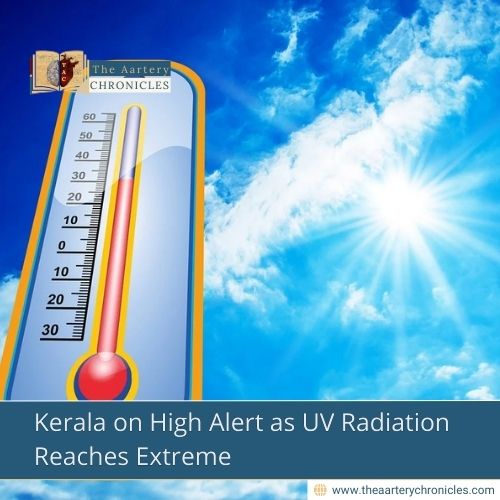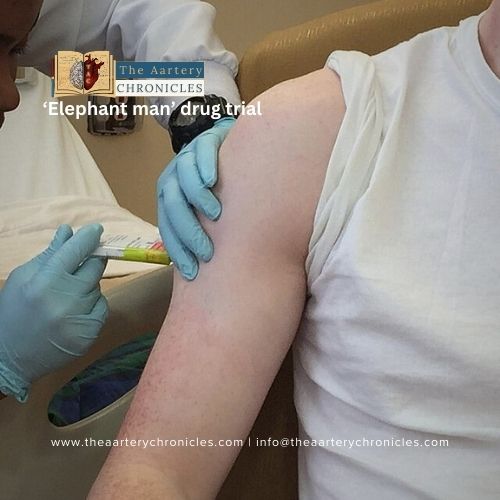

Kerala on High Alert as UV Radiation Reaches Extreme
The Kerala State Disaster Management Authority (KSDMA) has issued a red alert for ultraviolet (UV) radiation in Palakkad and Malappuram districts. The UV index in these areas has reached 11 on a scale that goes beyond 11, indicating extreme levels of radiation. Additionally, an orange alert has been declared for six other districts—Kollam, Idukki, Pathanamthitta, Alappuzha, Kottayam, and Ernakulam—where UV levels are also significantly high.
Long-Term UV Trends in Kerala
A study by KSDMA titled Assessment of UV Index in Kerala found that UV radiation levels in the state have been increasing over the past two decades. This rise has led to a growing number of heat-related issues such as sunburn, heat rash, and sunstroke, particularly during the summer months.
The study, covering UV index data from 2004 to 2022, revealed that central Kerala—including Munnar, Angamaly, Thrissur, Palakkad, and Ponnani—as well as the southeastern parts of Kollam and Thiruvananthapuram, experience higher UV exposure compared to other regions. Furthermore, more than 88% of the total daily readings in Kerala showed a UV index above 5, with peak levels occurring in March, April, and September.
Why is the UV Index Increasing?
Experts attribute the increase in UV radiation to a decline in cloud cover, which normally helps block some of the sun’s rays. KSDMA scientist Vijith Hamza, one of the researchers behind the study, stated that newly installed UV monitoring stations across the state are collecting more precise data to understand these changes better.
Rising Temperatures Expected
In addition to high UV levels, the India Meteorological Department (IMD) has warned of a gradual increase in maximum temperatures by 2-4°C across many parts of South India over the coming week. This further raises concerns about heat-related illnesses and emphasizes the need for protective measures against excessive sun exposure.
Precautions to Stay Safe
- Wearing protective clothing, hats, and sunglasses
- Do not expose yourself to direct sunlight between 10 AM and 4 PM
- Using sunscreen with a high SPF
- Staying hydrated by drinking plenty of water
- Seeking shade whenever possible
Authorities urge people, especially children, the elderly, and those with existing health conditions, to remain cautious and limit outdoor activities during peak UV hours. With temperatures also set to rise, staying cool and protected is crucial to avoid health risks.
Source: Inputs from various media Sources

Priya Bairagi
Reviewed by Dr Aarti Nehra (MBBS, MMST)
I’m a pharmacist with a strong background in health sciences. I hold a BSc from Delhi University and a pharmacy degree from PDM University. I write articles and daily health news while interviewing doctors to bring you the latest insights. In my free time, you’ll find me at the gym or lost in a sci-fi novel.








